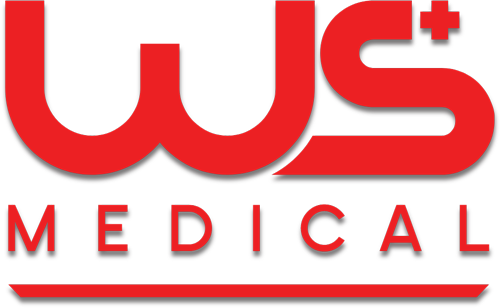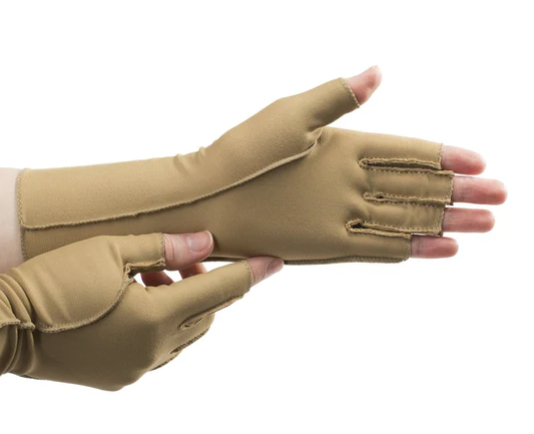Assessment for armchair seating solutions
Posture is an important aspect of seating. It can be described as the way the body is positioned and how the body responds to the surface on which it is placed.
Posture in a seated position for a person who may have multiple co-morbidities is often complex. Assessment therefore needs to be holistic, considering postural support in the context of comfort, pressure care, functional engagement, and long-term well-being.
As health care professionals it is our responsibility to consider multiple aspects of seating set up:
- Comfort or pain issues
- Skin integrity
- Strain on joints and supporting structures
- Contractures, joint deformities, or replacement joints
- Spine alignment
- Sitting balance
- Sensation
- Muscle tone
- Oedema/lymphoedema
- Digestive processes
- Circulation
- Respiratory function
- Cognition
There are important factors to consider when assessing a person for a seating solution:
- How will the chair be used?
- How will the person transfer onto the seated surface?
- How long will the person be seated?
- Will the person be able to manage their pressure care management needs?
- Will the person need support to maintain a stable seated position?
Achieving good Posture
A stable pelvis creates a good foundation for function and comfort. Seat dimensions, ROM limitations, joint deformity, muscle imbalance, spasm and joint replacements can influence the position and stability of the pelvis and therefore the quality of seated comfort and stability.
It is essential to consider whether the chair can accommodate or be modified to accommodate the seated support needs of the person being assessed.
Managing skin integrity
Pressure injuries can be described as localised damage to skin and underlying tissue and often caused by pressure, friction, or shear, commonly occurring over bony areas. Pressure injuries occur most commonly in people who have reduced mobility and who spend prolonged periods in bed or in chairs. Ensuring that a person’s armchair is fit for purpose with effective pressure relieving cushion support and promoting a person’s ability to off set pressure forces will go a long way towards injury prevention.
A tilt-in-space system allows the user to change their orientation in space, while maintaining posture and redistributing pressure.
An example of a tilt-in-space system is the Multi-C Air Chair that allows for enhanced posture support and reliable patient outcomes
- With Variable Angle Lift (VAL) the Multi C Air armchair provides 3 options of lift angle to promote independence with chair transfers and support a person’s changing independent living needs.
- The Multi C Air armchair has dual motor with Tilt in Space technology as well as independent back recline function, facilitating opportunities to make position changes and manage pressure relief and allowing opportunities to fully recline for comfort and relaxation.
- The Multi C Air armchair can accommodate most clients and can be modified to accommodate body changes
- The Multi C Air comes in several sizes and seat depth and back support shape can be adjusted with ease to accommodate leg length and/or gluteal shelf for good pelvic positioning support.
- The back support cushion positions and fill can be adjusted with ease to accommodate lordotic or kyphotic deformity and optional accessories include soft lateral back support for those who need additional trunk support and management of scoliosis.
- The Multi C Air comes with a memory foam chaise and shelf to accommodate cushion options to promote comfort, pressure care and contouring. There are cushion options available that can go with the armchair, or the assessor can replace with their own selection of cushion to meet their client’s needs. Thus, maintaining the arm support height for added comfort and seated stability.
- The Multi C Air provides tilt-in-space technology with leg elevation to support the lower limbs. The length of the leg elevate support can be adjusted to suit leg length and comfort.
- There are options for power pack back-up for those living in remote rural areas or where power supply can be affected by extreme weather events.
- The chair comes in standard with locking casters and can be modified to create space for hoist access and safe transfers.
- WS Medical has designed and built custom bariatric armchairs with the same principles for managing posture and pressure care support needs.

